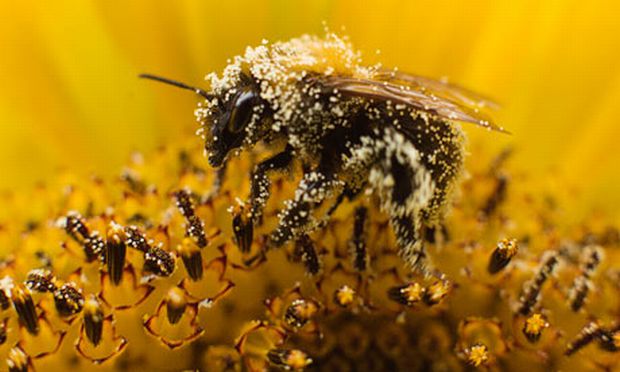Pesticides are used across the world to kill pests that cause damage to the food that would be consumed by humans. This implies that the effect of pesticides should repel insects but in some cases, it is not so. Researchers at Newcastle University and Trinity College Dublin have discovered that certain species of bees are fascinated towards nectars that contain pesticides in them.
Neonicotinoid-laced food chosen by bees
Prior studies have proposed that bees would have to face negative consequences in terms of health in case the specie is exposed to pesticides ridden flowers. Current research suggested that buff-tailed bumblebees and honeybees are not able to distinguish the taste of neonicotinoid pesticides, which happens to be the used widely. Their inability to make out the pesticides makes them swallow the substance. As a matter of fact, when given a choice, the bees prefer to consume sugar solution that has neonicotinoids present in it than the one without the substance.
Study when performed in lab showed that bumblebees were more attracted to and hence consumed food-containing pesticides than the honeybees. Thus insinuating that they are more exposed to higher doses of toxins than their counterpart.
Bee foraging and colony fitness
Since bees and other pollinating insects hold an important position in increasing crop production across the globe hence, the study becomes all the more important. Previous studies have already shown the negative effects of neonicotinoids on bee foraging and colony fitness. Pollinating insects are easily consuming the neonicotinoids ridden nectar, which means the substance is putting them at a risk of poisoning.
Therefore, as Professor Geraldine Wright, lead research on the study said, priority of the hour is to avoid the pesticides that contain neonicotinoids. Only then, the bees’ species could be saved for the future.
[image: theguardian.com]




